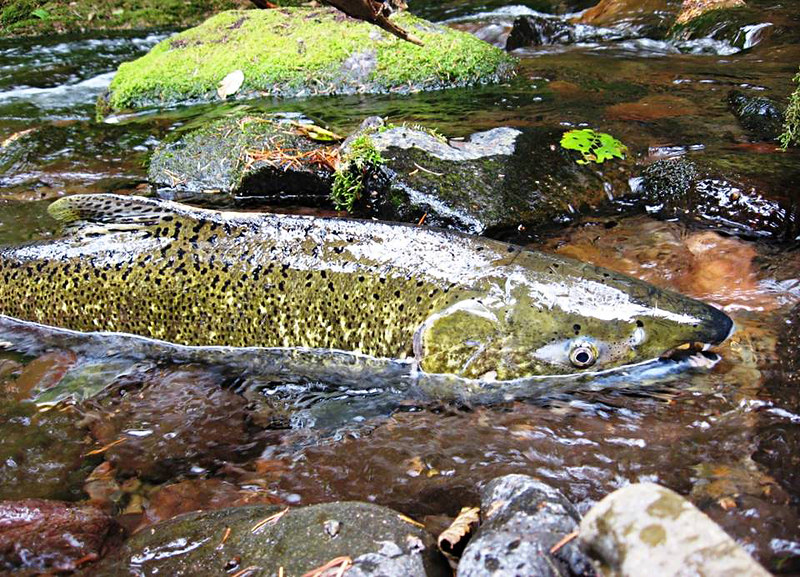Sallysea, again, can you be more specific? That’s a very generic model of protein synthesis, doesn’t address fish plasticity in HW context. What’s the new finding as it relates to fish? I’m interested. No need to explain the esoteric, maybe just suggest a relevant publication.
From the rest, it seems you may not understand epigenetics. Epigenetics does not involve permanent gene modification. Also, epigenetic change can be very fast, just 1 generation, not hundreds or thousands of years. Existing genes are simply turned on/off. It occurs in salmon. Here’s a review about salmon epigenetics with an eye towards using it to aid hatchery supplementation, may be of interest
https://link.springer.com/article/10.1007/s10641-022-01278-w
Your emphasis on ”phenotypic change” is fine, that’s always there. Also, epigenetics are a
major cause of phenotypic change.
Neat new study on this thread, and the authors are cautious to note that it does not contradict earlier findings, but adds to them






